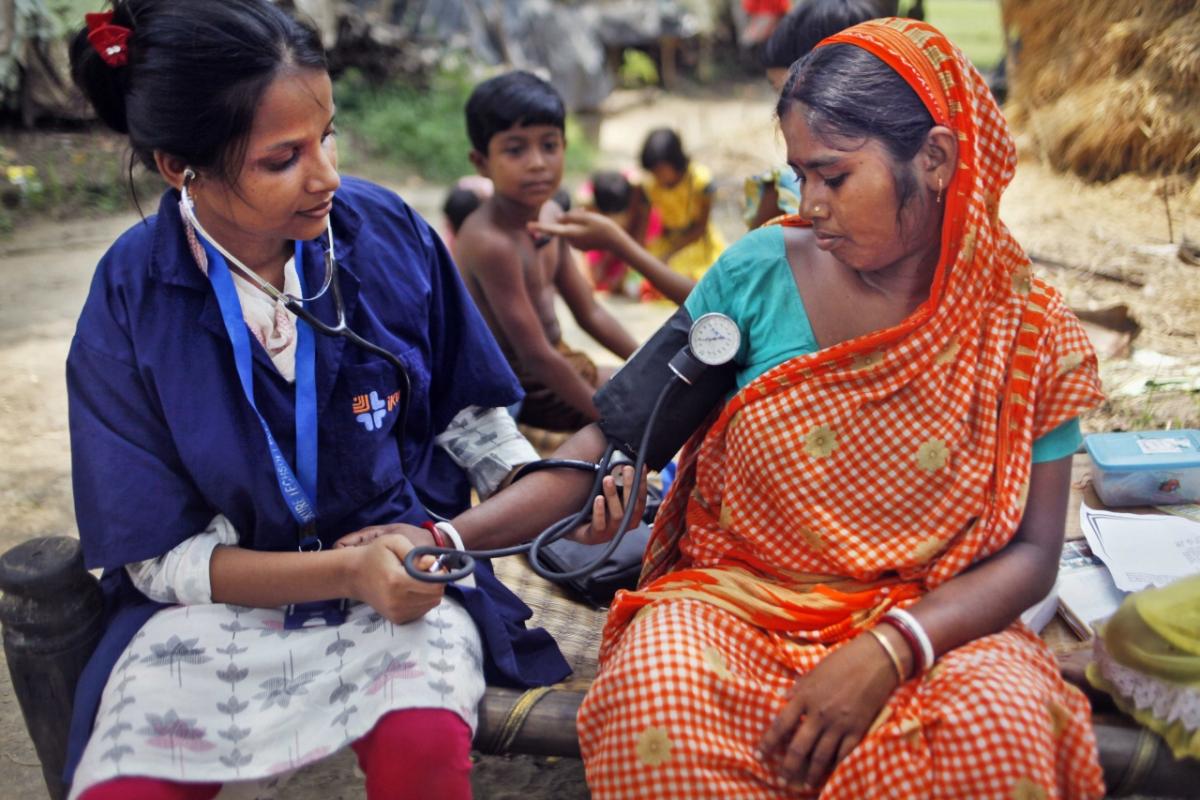Access to primary health care services is a fundamental right, yet many rural areas face significant gaps in healthcare provision. Bridging these gaps is crucial for improving health outcomes and ensuring equitable access to medical care for rural populations.

Gaps in Primary Health Care Services
- Limited Access: Rural areas often have limited access to healthcare facilities due to geographic isolation and inadequate transportation. A shortage of clinics, hospitals, and specialized services further compounds the issue.
- Inadequate Infrastructure: Many healthcare facilities in rural areas are poorly equipped, lack essential medical supplies, or have inadequate infrastructure. Technology gaps further impact the quality of care provided.
- Workforce Shortages: Rural areas face shortages of healthcare professionals such as doctors and nurses. These shortages are often exacerbated by challenges in training, retaining, and attracting qualified staff.
- Financial Constraints: Limited funding and financial resources impact the availability and quality of healthcare services in rural areas. For many low-income families, affordability remains a significant barrier to accessing care.
Solutions to Bridge the Gap
- Infrastructure Development: Investing in upgrading healthcare facilities and deploying mobile health units can provide medical services to remote areas and improve the quality of care.
- Workforce Strengthening: Training programs for healthcare professionals and offering incentives such as housing allowances can help attract and retain medical staff in rural areas.
- Community Health Initiatives: Employing local health workers and implementing community health education programs can support rural healthcare by providing essential services and raising awareness about preventive care.
- Telemedicine and Technology: Utilizing telemedicine and digital health technologies can bridge the gap by providing remote consultations and improving access to specialist care.
- Financial Support: Increased funding and the development of subsidies and insurance programs can make healthcare services more affordable and accessible to rural populations.
Conclusion
Bridging the gaps in primary health care services in rural areas requires a comprehensive approach that addresses infrastructure, workforce, community needs, technology, and financial constraints. Implementing these solutions can improve access to quality healthcare and enhance the overall health and well-being of rural communities.
FAQs
What are the main challenges in providing primary health care in rural areas?
Challenges include limited access due to geographic barriers, inadequate infrastructure, workforce shortages, and financial constraints.
How can infrastructure development improve rural healthcare services?
Upgrading healthcare facilities and deploying mobile health units can enhance access to medical services and improve the quality of care in rural areas.
What strategies can address workforce shortages in rural healthcare?
Training programs, incentives, and support for healthcare professionals can help address workforce shortages and improve service delivery.
How can community health initiatives support rural healthcare?
Local health workers and community health education programs can provide essential services and raise awareness about preventive care.
What role does technology play in improving rural health care?
Telemedicine and digital health technologies can provide remote consultations, improve diagnostic capabilities, and enhance healthcare delivery.
